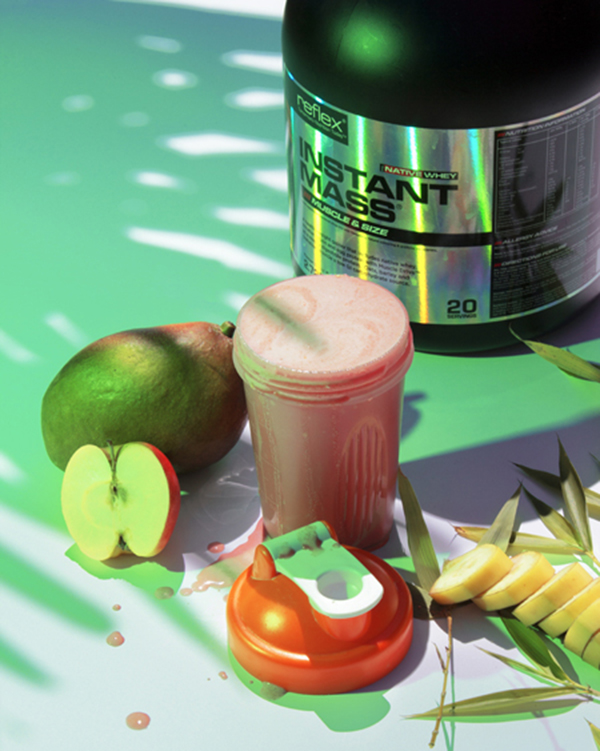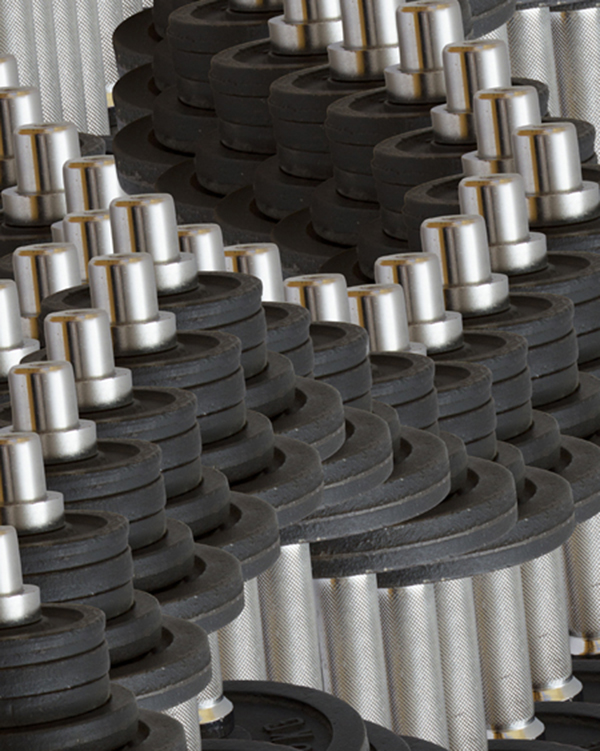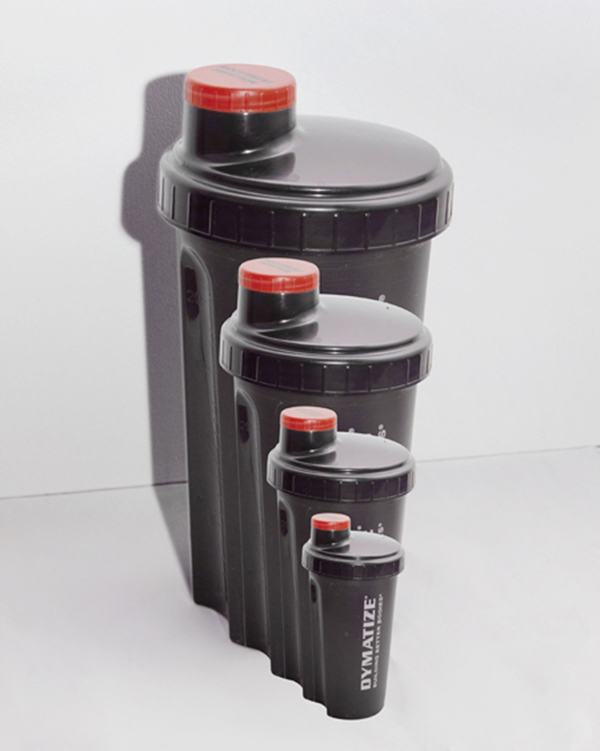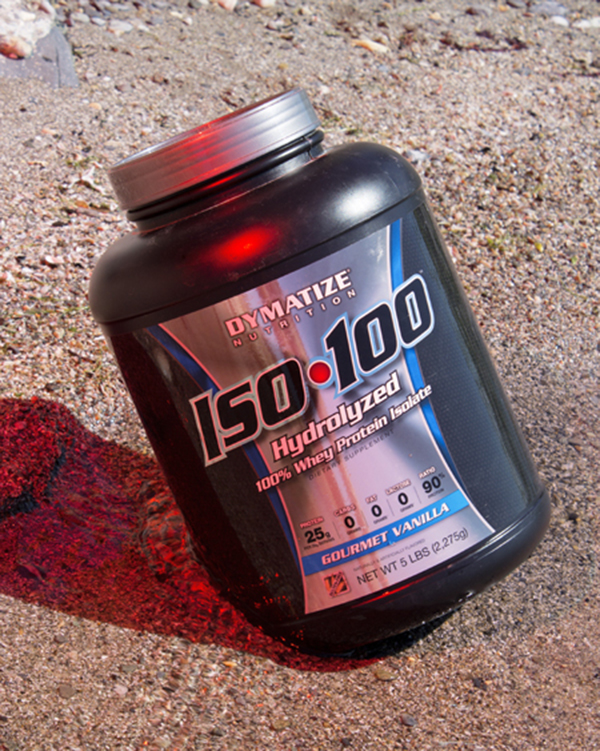Maxime Guyon
Thursday, 5 December 2013
Work from Protien
“—Hi Maxime, please tell us how did you get into photography?
Maxime: Hi! This question is quite personal but I did get into photography while I read for the first time Skateboard magazines. Photographers like Cedric Viollet, Eric Antoine and also the ill-studio crew who used to hold “Chill Magazine” in 2004-2006 really inspired me.
I was first inspired by pictures, not really by cameras and so on…
—Your work deals a lot with a mid 80′s/ 90′s visual graphism. In what way do you relate both worlds, photography and that revivalistic atmosphere? How do they can culminate one another?
M.: I may say that my work deals rather with technical evolving, but well yes there is an obvious graphic atmosphere from the 80′s/90′s that appears in my work.
I don’t really know how they can relate to each other, I might say that this happens in the way of making my set design and the way of selecting objects.
—How do you organize your set before you shoot it? What are the stages of your work process?
M.: Organizing a shoot is quite a long process… But I had to learn to do it more quickly since I started to studying at ECAL (Lausanne based Art school).
Here is my usual way of processing for studio shoots:
-My first step is to take time to search for old design and photography references in books that seem to reflect a timeless way of set designing and showing things and forms. Then find links between my ideas and concepts that I want to put further thanks to the good references that I’ve found.
-In order to relate it, the second step is to merely draw some sketches.
-Third part is to collect relevant items and objects.
-Then drawing again for light set up.
-Fifth step is to be meticulous in building things in studio.
-For the sixth step, when shoots are done, time is to work on postproduction on photoshop.
-And finally the last but not the least one, the Digital Processing of colors and contrast.
These stages are taking quite a lot of time when you run on time doing many different projects, so that’s why how it is important to be well organized.
—Which aesthetic attributes do you deem to create a perfect distinction between a contemporary and a commercial concept?
M.: In my opinion we shouldn’t try to make distinctions between contemporary photography and commercial photography aesthetic. The like of Paul Outerbridge and Roe Ethridge demonstrated it, they well succeed in driving commercial works into a personal contemporary work. We should educate the eye of viewers on showing new visuals and more elaborate pictures.
Nowadays commercial ads are losing more and more their credibilities in showing non-intellectual visuals without any culture references (especially on TV)… This is a big lack for our societies.
—Please describe a few of the most important aspects you look for when shooting to meet the original concept you had imagined before. Is this a meticulous process or just something more organic?
M.: As I explained it in my way of processing, when I work still lifes or studio shots I make sketches, but sure sometimes there is some feelings that put me on trying different things while I’m in front of my set up or in front of my computer as well during the post productions. As a photographer I need to let luck drives me sometimes.
—What is your favorite photography accessory, other than your camera?
M.: My phone I think so! This is a good way of grabbing funny stuff ! I used to photograph this kind of stuff with a Yashica T4 for maybe 3 or 4 years long but I rather prefer the low digital definition of phones than 35mm films now.
—Your updated webfolio was created by Carré Blanc. How did you came up to collaborate with them and why?
M.: Carré Blanc is a Lyon based group of graphic designers composed of Florian, Baptiste and Olivier. These guys are good friends of mine that I met when I was studying in Lyon for 2 years.
Their sense of curating and creating in a collective way amazed me a lot! So it was definitely natural for me to ask them to be part of my projects even if it would take a lot of time haha…
I also felt like it was important to make a pure Lyon collaboration in order to show that great things are happening in this beautiful french city!
—If you were not a photographer, what would you probably be?
M.: I don’t know haha! We ask ourself this question with friends this week!
Probably riding streets with skateboard friends, eating pizzas and drinking wine with my girlfriend,but this is sounding like holidays rather than a job !
—Do you remember the first photo you took that really stuck with you and why?
M.: That was a cube dug in a wall (likely a place for a mailbox), I think that was rather the natural light in this picture that blow my mind. But I lost this analog picture… like I would have probably lost it in a computer.
—How would you describe your work? What are the major influences to it?
M.: That’s a tough question… I mostly do still life and set design in order to give it a second life with digital manipulation.
My main influences are taken from old crap kid movies from the 90′s (ex: the mask, Batman forever, etc..), former photographers like Claude Batho; Florence Henri; Ralph Gibson and so on…
And also graphic designer and illustrator like Nathalie Du Pasquier, Susan Rose, Barney Bubbles…
—Who were your favorite photographers when you first started your journey and who are your favorites today?
M.: I was really into Thomas Demand work and Matthieu Lavanchy (I was his intern for a summer when I was still studying in Lyon), but Matthieu is still my favorite today. I admire as well currently the work of Asger Carlsen and Kate Steciw.
—What projects do you have coming up that we should know about?
M.: I’m working on 4 different projects this semester, one is already done for a Zurich based magazine.
—To finnish, do you have any advice for young creatives?
M.: Try to avoid making moodboard with new artists as references. (I know it’s hard! Even for me sometimes!)”
text via O Fluxo






